There can be your advertisement
300x150
How to Properly Install Sound Insulation: Tips from the Pros
Comfortable living in an apartment and getting along with neighbors starts with good sound insulation. The technical director of the company «Point of Repair» Dmitry Kulkov will tell you how to make your apartment much quieter.
Installing a sound insulation system will reduce the useful area of your apartment by 5–7 centimeters along each wall, floor, and ceiling, but in return, you can finally enjoy silence and peace.
Dmitry Kulkov
TECHNICAL DIRECTOR AT «POINT OF REPAIR»
«Point of Repair» is more than just apartment renovations. The team is passionate about quality and personally takes responsibility for every repair.
First Step: Identify the Type of Noise
To effectively eliminate noise, it's important to first understand its source.
There are only three main types:
- Airborne Noise. Sound waves travel through the air and do not dissipate, reaching a wall and continuing to spread beyond it. Sources of this type of noise include TVs, speakers, or loud speech.
- Impact Noise. This type of noise can occur, for example, when objects fall onto the floor.
- Structure-Borne Noise. This type of noise travels through the building structure, and it's the hardest to eliminate.
For typical apartments, protection from all these types of noise is usually necessary. If you're concerned about noise from above, it makes more sense to insulate the floor in the neighbor's apartment – other methods provide little protection from unwanted sounds. However, if you enjoy karaoke or play drums and don't want to inconvenience your neighbors, then sound insulation for the apartment is recommended.
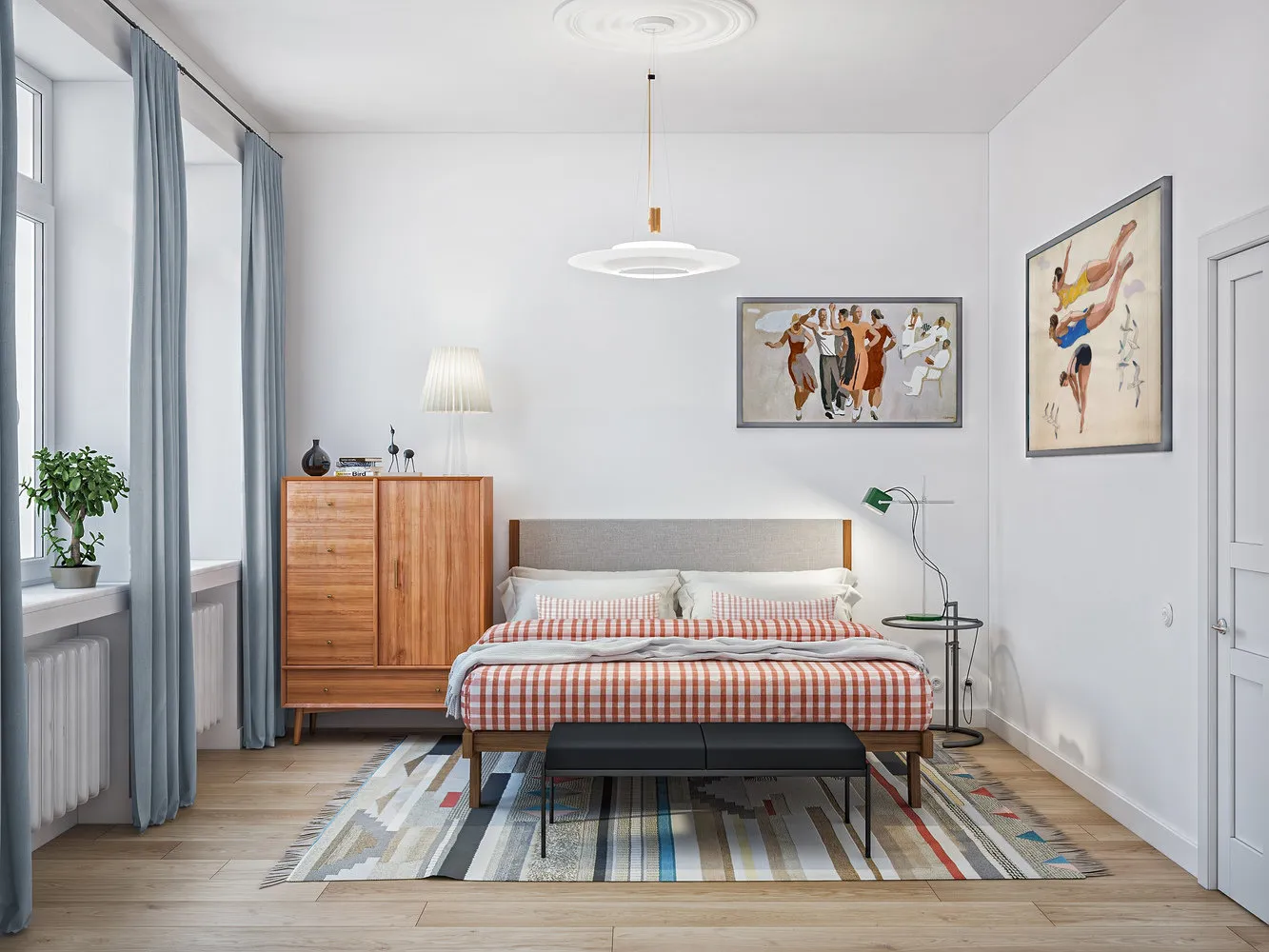 Second Step: Choose the Right Material
Second Step: Choose the Right MaterialFor any sound insulation, you'll have to sacrifice space and thicken the walls. Choosing a thin sound-insulating material is pointless – it's almost ineffective. Sound waves are structured in such a way that they only attenuate at a material thickness of 50 mm. In this case, the sound insulation works in both directions – neighbors won't hear you, and you won't hear them.
For reducing noise in an apartment, stone wool is an excellent choice. For additional sound insulation of walls and ceilings, sandwich ZIPS panels are recommended. The basic model ZIPS-7-4 has a thickness of 70 mm and increases sound insulation.
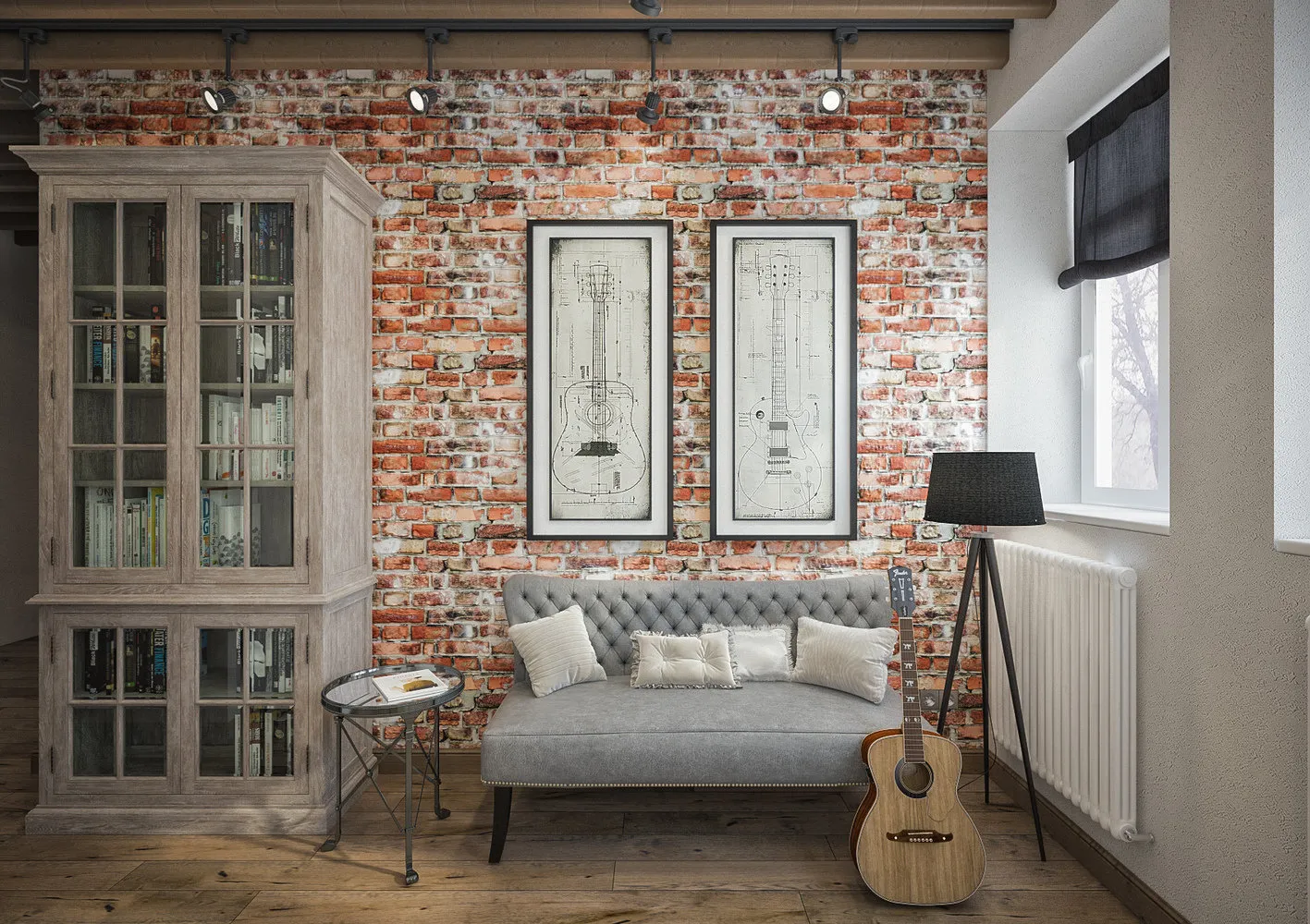 Third Step: Begin Installation
Third Step: Begin InstallationStart with the floor: eliminate any deficiencies in the slab, unevenness, and gaps. Then select a screed technology – dry or wet. In the dry method, sound-insulating material is laid on the slab, and then covered with particleboard or GVL panels. In the wet method, an additional separating layer is applied, and particleboard is replaced with a concrete screed.
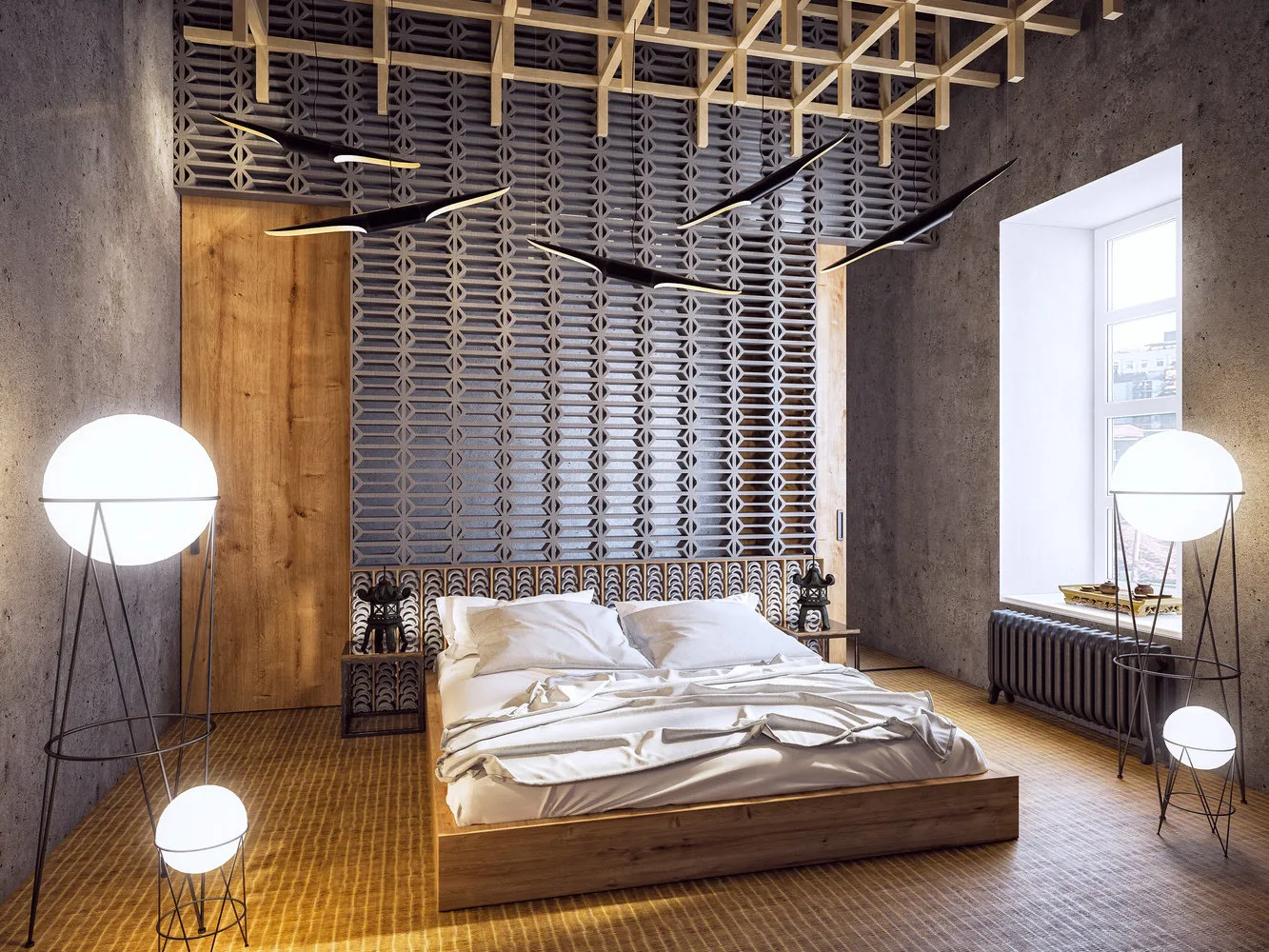
For sound insulation of walls, you'll need to mount a wooden or metal stud on the wall, lay sound-insulating material, secure joints with sealing tape, and cover with gypsum board panels.
Similarly, you can insulate the ceiling. It is commonly believed that sound insulation is only possible for suspended ceilings. In reality, you can mount sound-insulating panels directly to the slab and then install a suspended ceiling. The fabric of a suspended ceiling provides additional noise reduction.
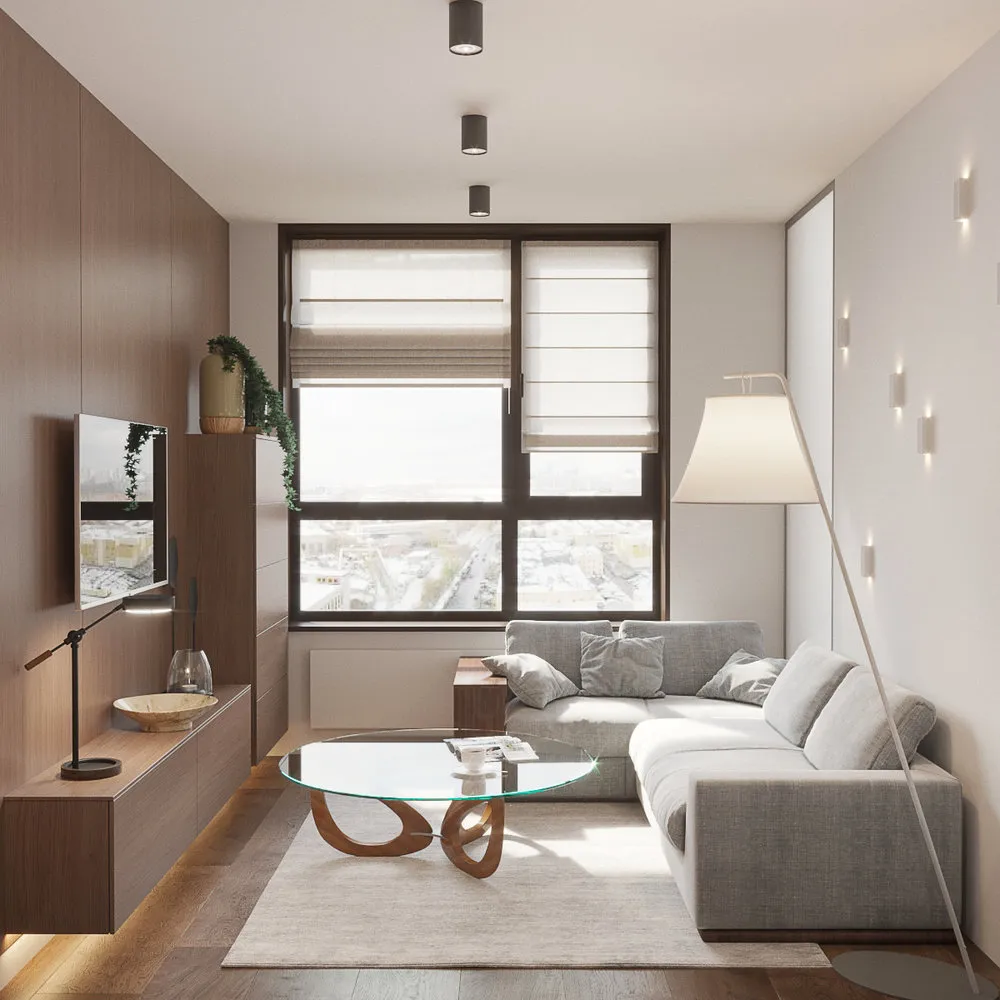 Read Also:
Read Also:- How to Do Sound Insulation in an Apartment by Yourself
- 10 Useful Tips to Reduce Noise in an Apartment
- Bad Idea: A Shortlist of Unsuccessful Choices for Apartment Renovations
More articles:
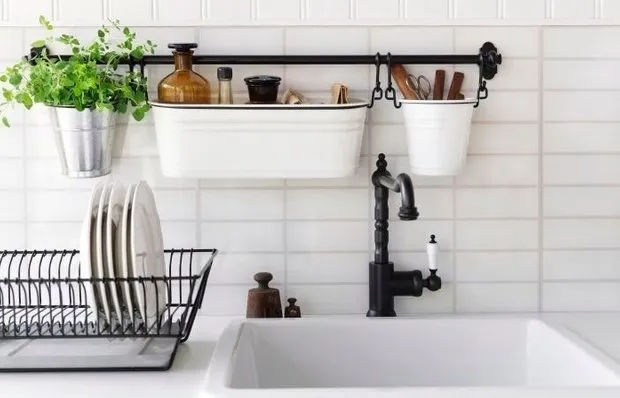 10 Fast Tips for Organizing Kitchen Storage
10 Fast Tips for Organizing Kitchen Storage Acrylic, Stone, or Cast Iron: Which Bathtub is Better?
Acrylic, Stone, or Cast Iron: Which Bathtub is Better?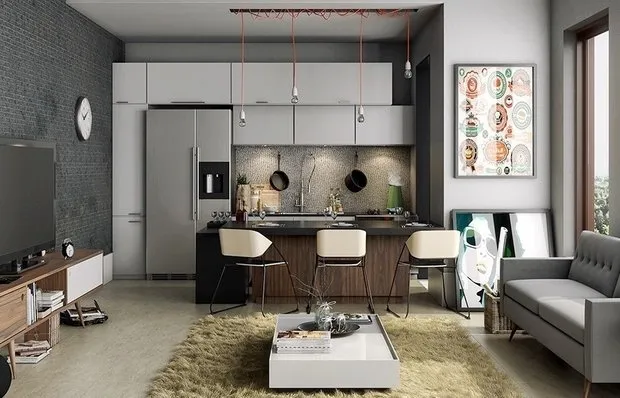 How to Choose Contractors: Expert Opinion
How to Choose Contractors: Expert Opinion Design of a Small Studio: 8 Successful Solutions
Design of a Small Studio: 8 Successful Solutions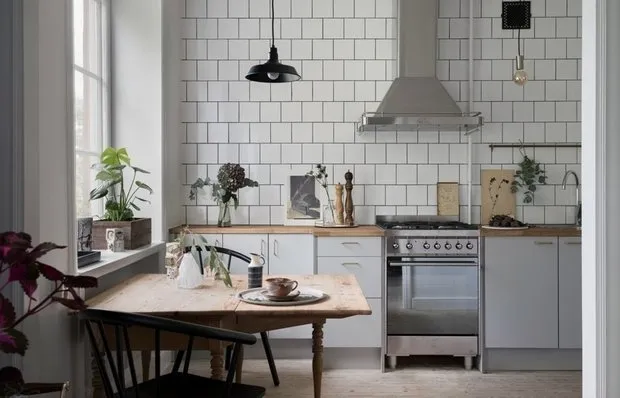 Small Apartment with White Kitchen and Bedroom in Bay Window
Small Apartment with White Kitchen and Bedroom in Bay Window How to Choose Furniture for a Small Apartment: Tips from Professionals
How to Choose Furniture for a Small Apartment: Tips from Professionals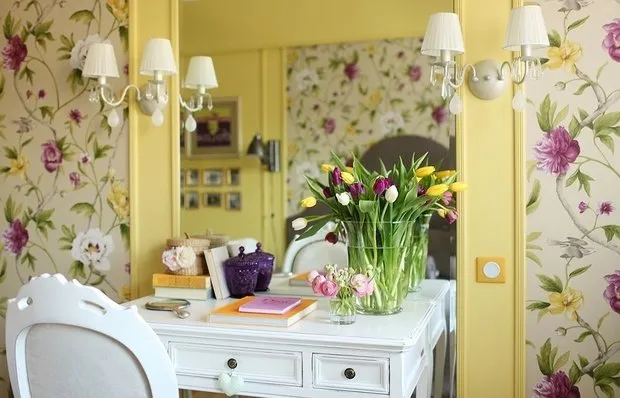 Toilet Tables with Mirror: 60 Photos of Beautiful Ladies' Makeup Tables
Toilet Tables with Mirror: 60 Photos of Beautiful Ladies' Makeup Tables 7 Reasons to Use Photo Wallpapers Again in Interior Design
7 Reasons to Use Photo Wallpapers Again in Interior Design